It’s not quite a star and not quite a planet.
Astronomers spotted an unusual brown dwarf 50 light years from Earth. It may help unlock new discoveries about others in its class.


The game is the ORIGINAL Kabbalah imo. Here is Hymn to the 10 Bau of Amen from “The Slates of Zizyphus“
Awake being rested, May you awake in peace!
May Amen awake in life and peace.
May (name) awake in peace!
[FIRST bA] “bA in his ever-lasting flame“
Horus who is in the Nomes {districts}
Who illumines the Two Lands.
Bull who ejaculates Nun.
Who lives eternally.
In his name of Rah, Every day.
[SECOND bA] “bA in his Left Eye“
The one living of births in his left eye.
Whom everybody loves.
In his effective form of Moon.
God of hearts and minds.
[THIRD bA] “bA of Shu“
It is in allowing throats to breathe, That he spits out wind.
In his name of Amen-who-endures-in all-things.
The Ba of Shu for every God.
[FOURTH bA] “bA of Osiris“
Body of life who creates the “wood-of-life“
Neprii who floods the Two Lands.
Nobody in the circuit of the Two Lands lives without his knowledge.
In his name of Nun the Elder.
[FIFTH bA] “bA of Tefnut“
The b3-ram who is in his Mhn-serpent.
Who illumines by means of his brilliant eyes.
Whose torch-flame encircles him in the earth.
In his name of Res Wedja {Osiris}
God who creates the morning-light.
[SIXTH bA] “bA of the Living Royal Ka”

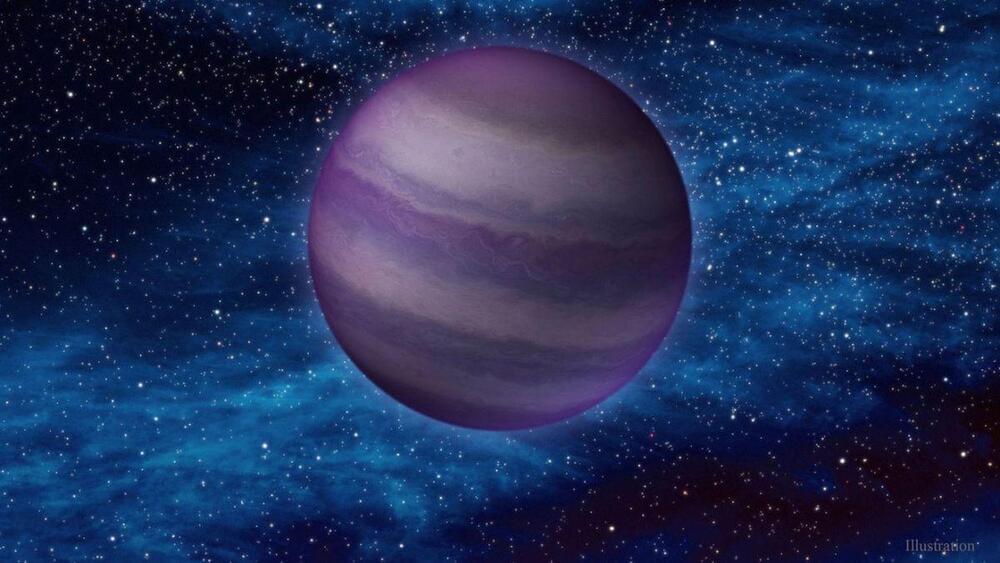
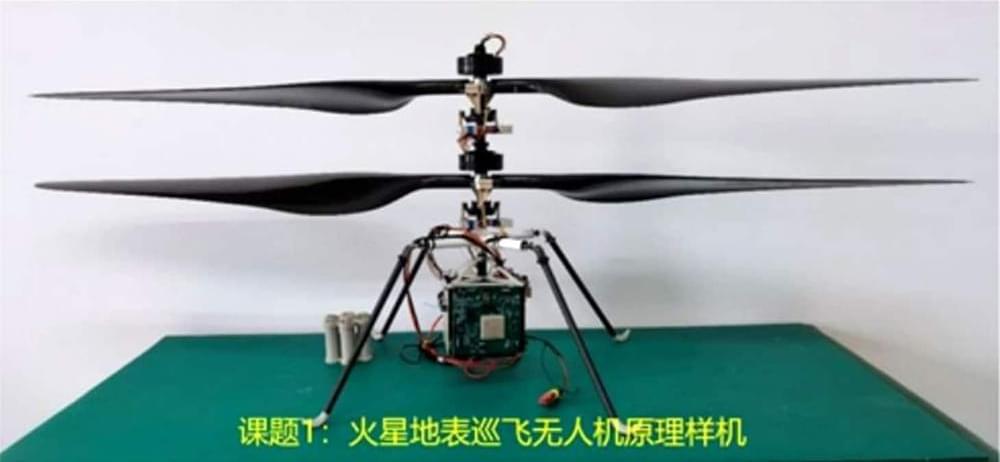
China has shown off the prototype of its “Mars cruise drone” designed for surveillance work on future Mars missions, following the historic landing of a robotic rover on the Red Planet a few months ago.
The prototype of the miniature helicopter successfully passed the final acceptance, China’s National Space Science Center (CNNSC) announced on Wednesday. In the images shared by the science center, the prototype looks similar in appearance to NASA’s Ingenuity helicopter, developed for its Perseverance mission this year.
The Chinese prototype sports two rotor blades, a sensor-and-camera base, and four thin legs, but there is no solar panel at the top like Ingenuity.
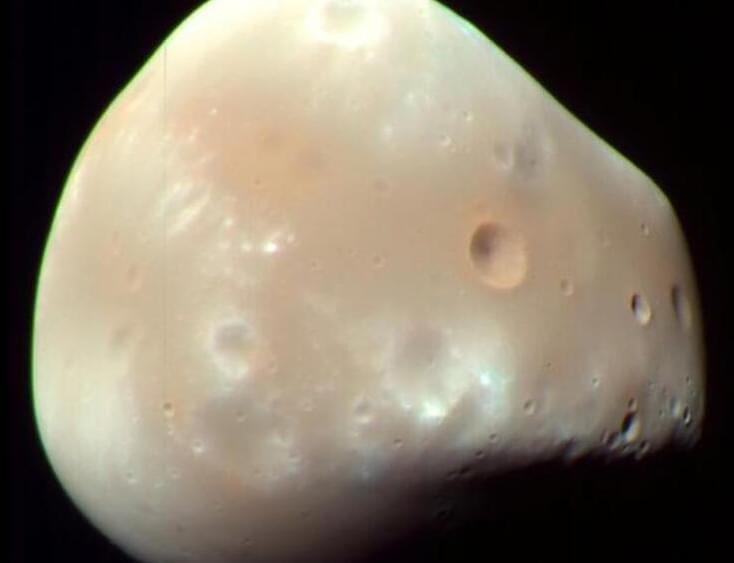
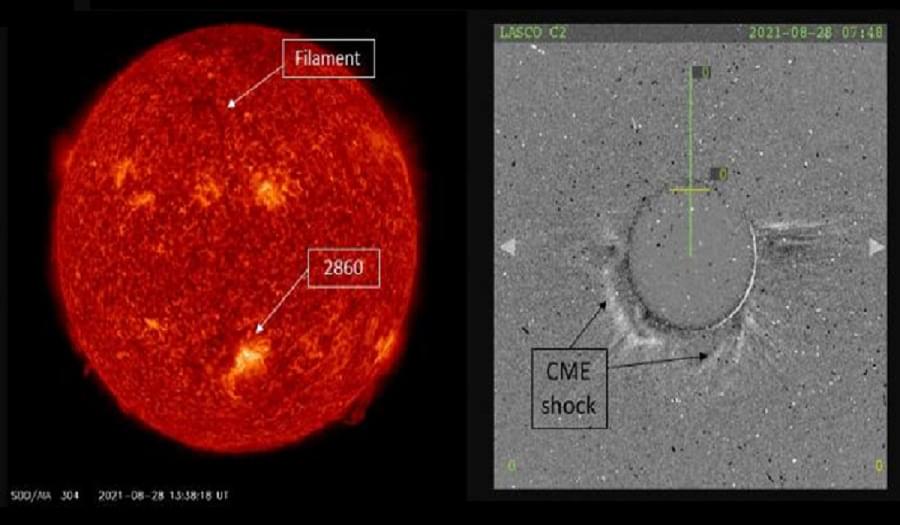
The National Weather Service’s Space Weather Prediction Center (SWPC) has issued a G1 (Minor) Geomagnetic Storm Watch for today and a G2 (Moderate) Geomagnetic Storm Watch for tomorrow.
Computer forecast models used by space weather experts suggest that a coronal mass ejection (CME) produced by region 2,680 on the Sun early on August 28 associated with an M4 flare may arrive later on September 1 creating minor geomagnetic storm conditions. According to the SWPC, activity could intensify into September 2 with the possible arrival of a second CME associated with a filament eruption that occurred later on August 28.
Should these CMEs materialize, combined effects from the two transients have the potential to result in G1-G2 storm conditions. The SWPC warns that forecast confidence is low due to the nature of these faint and somewhat ambiguous CMEs.
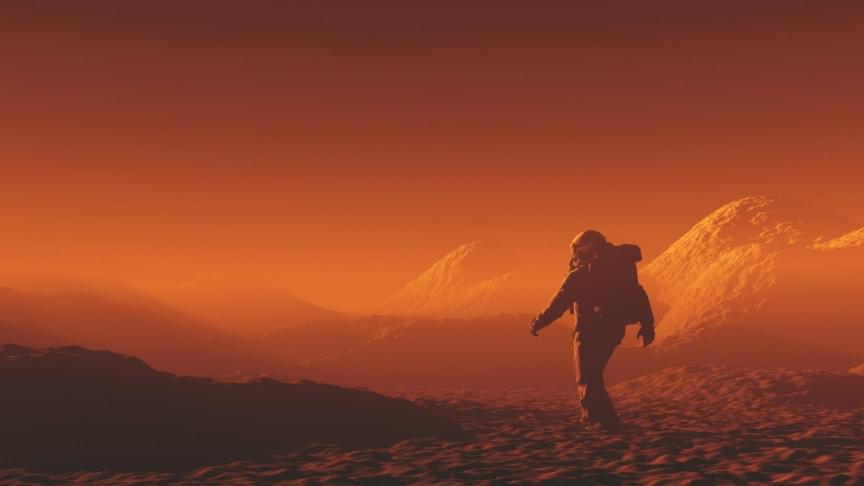
The new study, published in the journal Space Weather, gives precise indicators for how a future mission to Mars should be timed. With sufficient shielding on the Mars-bound spacecraft, a human Mars mission should be shorter than four years to keep the astronauts safe, the study says.
The Sun can also protect future Mars astronauts from the worst radiation.
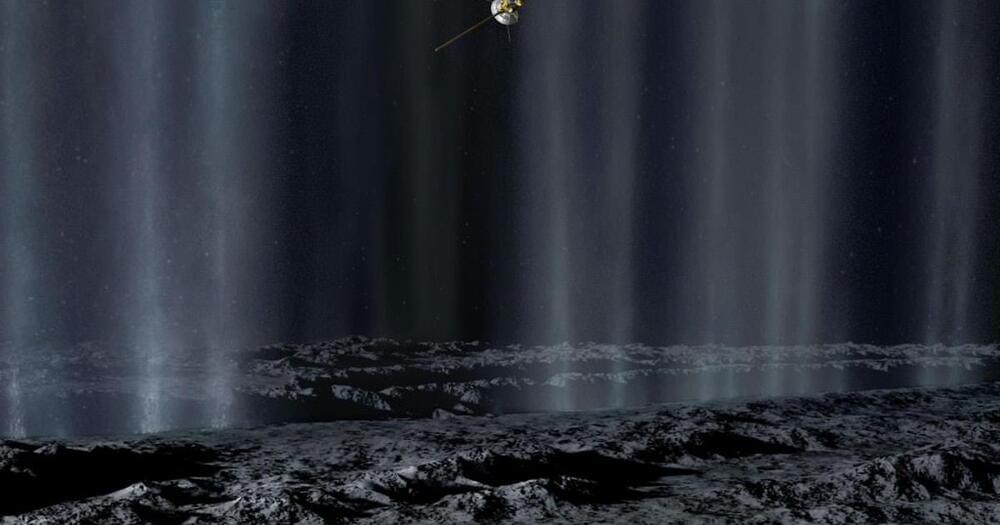
Back in August of 2017, Cassini stared at Enceladus for 14 hours, looking at the moon’s night side.
Below is a movie sequence of images, garnered from the final dedicated observation of the Enceladus’ geysers by the imitable Cassini spacecraft.
Back in August of 2,017 Cassini stared at Enceladus for 14 hours, looking at the moon’s night side. The movie begins with a view of the part of the surface lit by reflected light from Saturn and transitions to completely unilluminated terrain. About halfway through the sequence, the exposure time of the images changes in order to make fainter features more visible as the light level drops.
